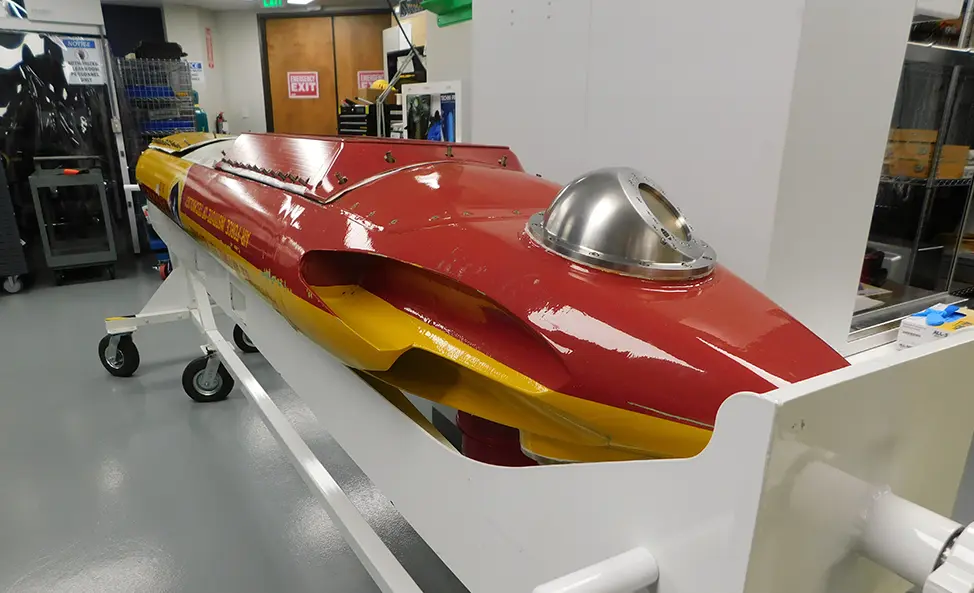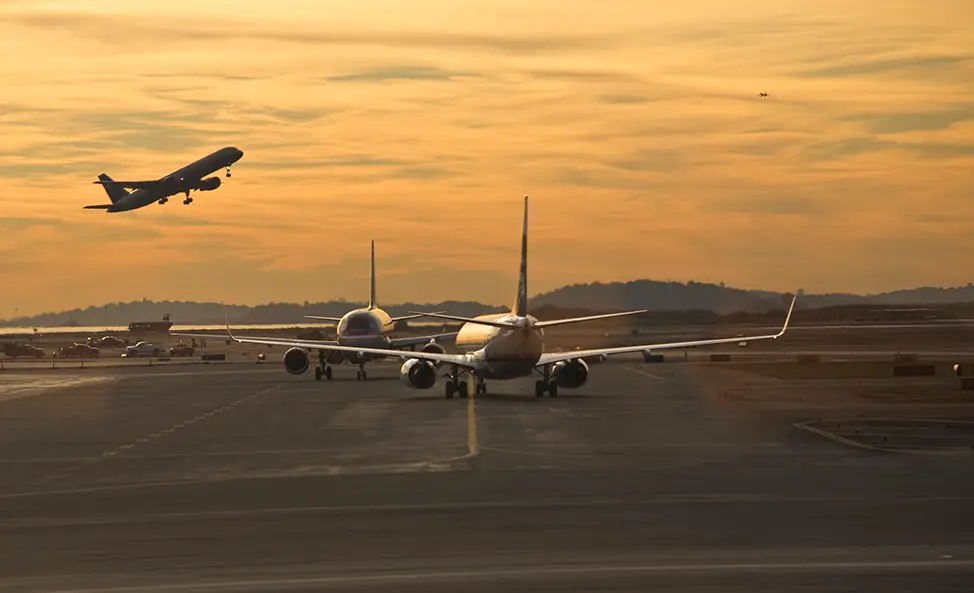Ophir laser radar sensors increase flight safety and provide situational awareness of the atmosphere around an aircraft for a variety of applications across military, commercial, and business aviation platforms.

Contrail Detection
Ophir’s Pilot Alert System is a lidar that detects contrail formation behind the B-2 Stealth Bomber. Ophir designed, manufactured, tested, certified, and maintains the Pilot Alert System, which is part of the mission critical avionics system onboard every B-2 Block 30 aircraft.
Over the past 30 years, Ophir has developed five generations of this technology. We continue to improve capabilities in smaller, more robust designs, with the most recent generation performing flight test activities.
Laser Radar Air Data Systems
Ophir’s Laser Radar Air Data System (LRADS) offers an augmentation or replacement of conventional air data sensors for a range of aircraft. It provides all-weather performance, enhanced safety and reliability, and potential reduction of aircraft program costs and operator’s life-cycle costs.
The LRADS measures air data parameters across a wide range of conditions such as fog and rain, and at altitudes where commercial aircraft operate during trans-oceanic flight. It can measure True Airspeed, Angle-of-Attack, Angle-of-Sideslip, Temperature, and Pressure. Ophir has also flight tested a multi-function long-range LRADS that measures turbulence ahead of the aircraft, as well as air data parameters close to the aircraft.


Additional Applications
Ophir is actively developing laser radar for a variety of space, advanced aircraft, rotorcraft and commercial applications to include but not limited to:
Aircraft Taxi Assistance: Assists pilots with collision avoidance during ground operations by allowing pilots to better see and avoid obstacles to prevent costly damage.
Degraded Visual Environment (DVE): Provides precision altitude and airspeed for increased flight safety, enhanced situational awareness and, in degraded visual environmental conditions, improves an aircraft operator’s ability to avoid obstacles and terrain.
Lidar for Manned/Unmanned Underwater Vehicles: Increases an underwater vehicle’s situational awareness and aids precision navigation for terrain and obstacle avoidance. For example, it enables the conduct of proximity operations and docking/recovery of unmanned underwater vehicles to a submarine mothership.
